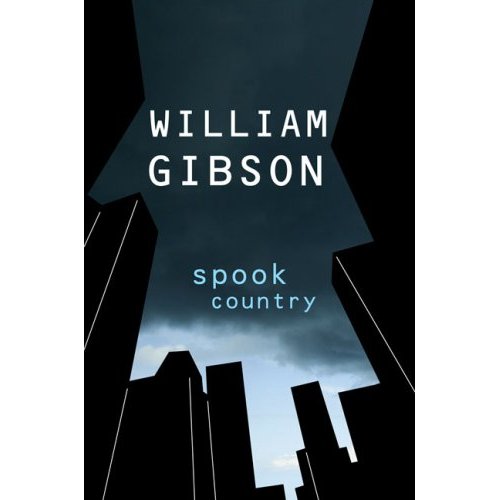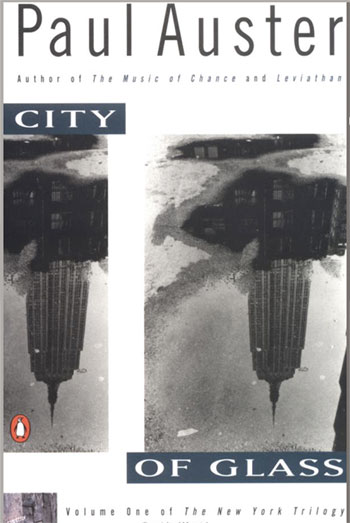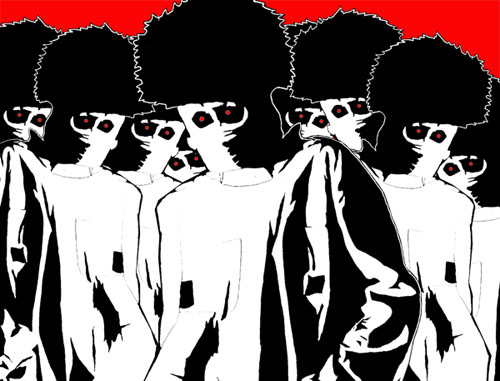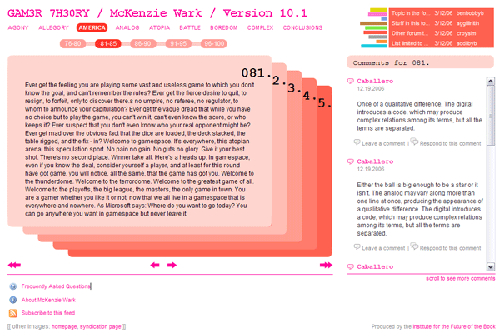Amazon Wiki and Washington Post Remix, by Richard MacManus (Reblog)

Image source: Customer Evangelists
Text source: ZDnet
Original post: November 23, 2005
Two pieces of otherwise unrelated news flew past my eyes today while I was hydroplaning through my RSS Aggregator. The first was Amazon has apparently launched, or is just testing out, ProductWiki – a way for Amazon users to enter “customer editable product information” that will appear alongside “most, if not all, of the items the company sells”. I haven’t seen any confirmation of this in official Amazon sites or PR, so consider this an unconfirmed rumor at this point. But it’s certainly a fascinating concept, for anyone and everyone to be able to add information to Amazon product data. I assume that it would be additional data and wouldn’t replace the official manufacturer and retailer data (can you imagine the outcry otherwise).
In another more substantial piece of news, washingtonpost.com has released a “Post Remix site”, with the witty nickname mashingtonpost.com. They’re doing this “to foster innovation, and because we want to see your ideas about new ways of displaying news and information on the Web.” Some interesting mash-ups that people have done already: News Cloud (a tag cloud), Ripped from the Headlines! (a daily news quiz), world map interface, thumbnail quiz of Arts & Entertainment stories, and washingtonpost.com search results via RSS.
What do Amazon ProductWiki and mashingtonpost.com have in common? They both let users remix existing content and create new content. This is what Web 2.0 is all about, folks.
















